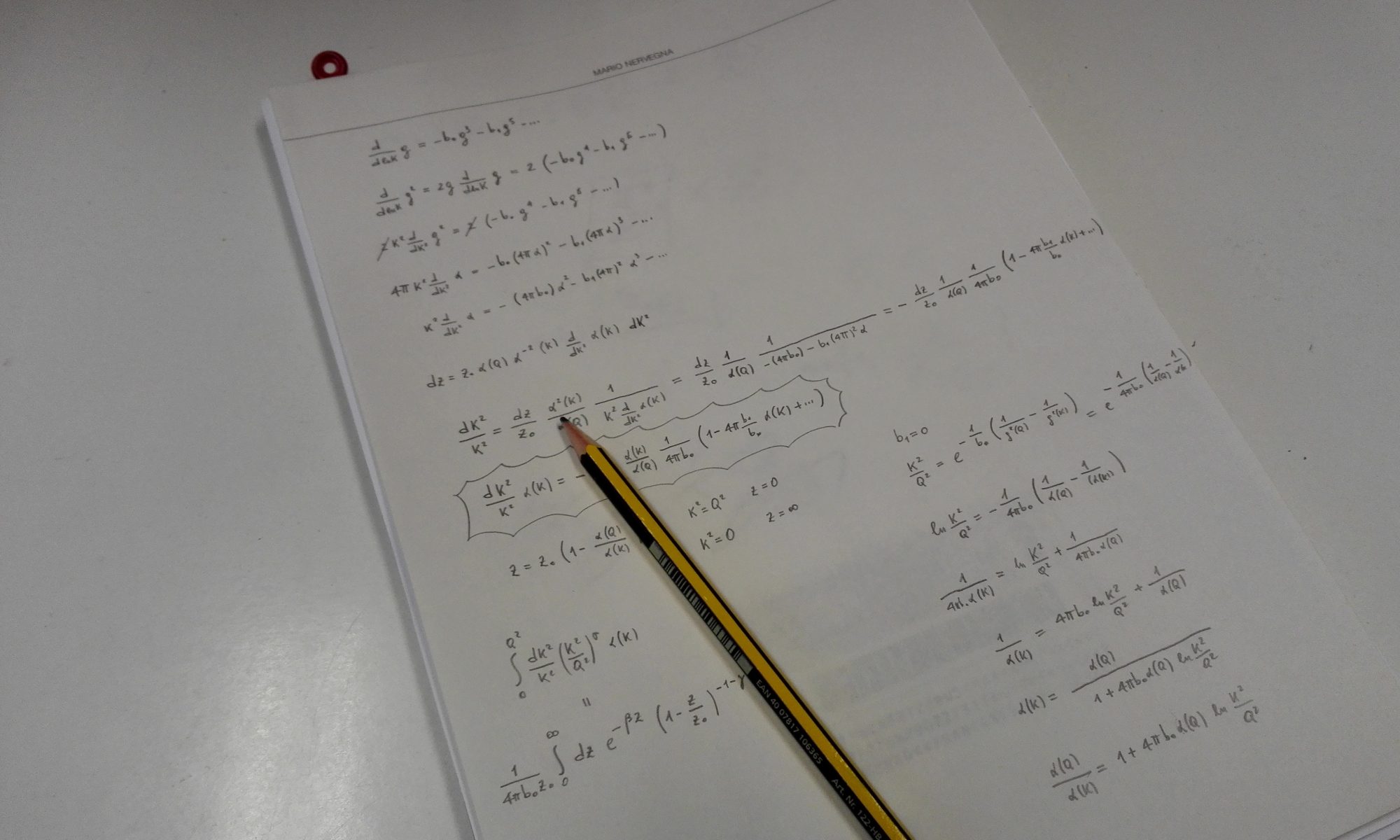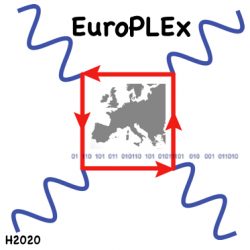Humbolt University, Berlin: Superstrings and AdS/CFT: a lattice approach – Supervisor: Valentina Forini
String world-sheet models relevant in the gauge/gravity (AdS/CFT) correspondence will be studied with lattice field theory methods. Effectively, these are two-dimensional field theories with non-trivial interactions which are expected to deliver – via holography – strong coupling information on the behaviour of several important observables in the dual gauge theory. The aim is to make progress in current setups (addressing issues in the continuum limit, extending lattice perturbation theory to higher orders, examining algorithmic improvements) and start investigating strings embedded in non-exact backgrounds. The latter are used for an holographic approach to the thermodynamics of strongly-coupled gauge theories and their confinement/deconfinement phase transition.
University of Edinburgh: High-precision description of unstable hadrons through lattice simulations – Supervisors: Peter Boyle, Antonin Portelli
Many decay processes which are investigated in particle accelerator experiments feature in their final state a unstable hadron which subsequently decays in several hadrons. A typical example of such process is the rare decay B → K* l– l+ studied at LHCb, ATLAS, Belle and CMS experiments in the context of indirect searches for new physics. In this process, the K* later decays through the strong interaction into a K π pair. It is important to have a clear theoretical understanding of resonances to confront such models to experimental measurements. To support such efforts, it is crucial to be able to provide precise theoretical precision of hadronic matrix elements featuring unstable hadronic states. The present research project will consist in combining the strong software development programme at The University of Edinburgh and the expertise of the group in Dublin to achieve the first theoretical determination of the parameter of the ρ and K* resonances at physical quark masses, with all sources of uncertainty under control.
University of Edinburgh: Numerical studies of composite Higgs models – Supervisor: Luigi Del Debbio
Theories beyond the Standard Model describe the Higgs boson as a composite state in the spectrum of some new strongly-interacting dynamics. Lattice simulations allow us to obtain quantitative results about the nonperturbative regime of these theories, and can provide phenomenological insight for model building. This project will focus on a particular class of theories, namely gauge theories with fermions in multiple representations. We will develop Monte Carlo codes for simulating these theories, and characterize their phase diagram and continuum limit. Phenomenological informations will be extracted from the spectrum of bound states and pattern of symmetry-breaking, which will lead to the determination of the parameters that define the Higgs potential in the Standard Model. A close interaction with phenomenological studies in expected.
Autonomous University of Madrid: Approaching the b-quark sector in decays of heavy-light mesons – Supervisor: Carlos Pena
The goal of the project is to achieve state-of-the-art computations of heavy-light meson masses and decay amplitudes, with a methodology that allows for full control of systematic uncertainties. Targets include determinations of the b-quark mass and 3rd-row CKM matrix elements, as well as studies of rare decays necessary to constrain New Physics searches.
Autonomous University of Madrid: Computing the meson spectra and other observables for large N gauge theories – Supervisors: Margarita Garcia Perez, Antonio Gonzalez-Arroyo
Gauge theories in the limit in which the number of colours N goes to infinity, are very interesting from the conceptual point of view. They are simpler but highly non-trivial and more easily connected to other theories (like string theory). Many of its properties are non-perturbative. The proposed methodology uses a strategy in which space-time is an emergent quantity. Some computations have already been done with this method, but little is known for the highly interesting theories with dynamical quarks (two-index representations or Veneziano limits).
Swansea University: Phase structure of hot and dense systems: a machine learning approach – Supervisors: Gert Arts, Biagio Lucini
Strongly interacting systems at finite temperature and/or density may have an intricate phase structure, which is difficult to determine or characterise, with QCD at nonzero density being a prominent example. This may be due to the non-positivity of the measure of the path integral defining the theory, known as the sign problem, or the absence of order parameters. The aim of this project is to investigate and improve novel approaches to hot and dense quantum systems such as complex Langevin dynamics and density of states for theories with a sign problem, using machine learning for phase identification. The project will develop through calculations on simpler models and culminate with studies of physically relevant systems such as Quantum Chromodynamics at finite density.
South Denmark University: Composite extensions of the Standard Model – Supervisor: Claudio Pica
Experimental evidence shows that the Standard Model is incomplete. In this project we will explore strongly coupled extensions of the Standard Model, which are promising in addressing some of the theoretical problems of the Standard Model. In particular, we will study composite Higgs models, with and without gauged scalar fields. We will use rigorous numerical methods based on the lattice field theory to investigate the non-perturbative dynamics of the candidate models and obtain quantitative information to test the models against experiments.

